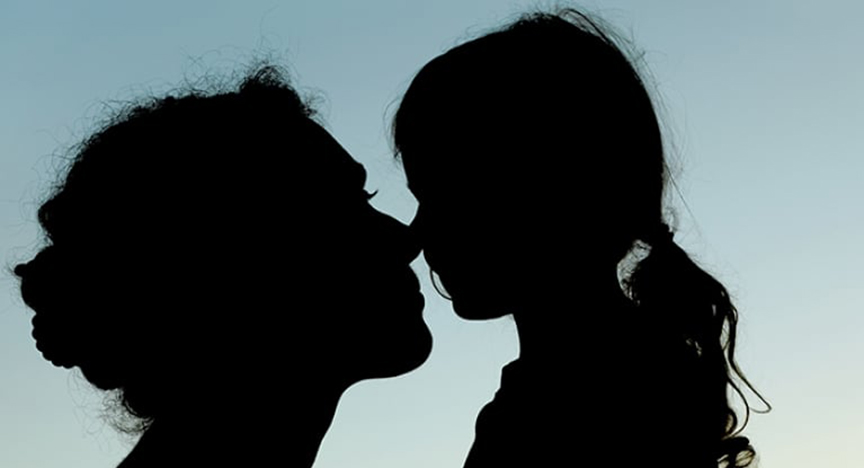
When each of our children were born, my husband and I thought of them as our sons. However, in December 2015, my youngest child, then nine-years-old, transitioned to living as female, supported by her child psychologist, my husband, and me. In January of the following year, she began back at her school in her grade four class as her female self.
For years prior to this, our daughter had suffered from debilitating social anxiety, school refusal, and chronic shyness. Her family, her school, and health professionals all worked to try to help her overcome these challenges. Gradually she gained in confidence, and was able to tell us that she identified as a girl, and wanted to socially transition.
We were fortunate that her child psychologist had attended a talk by Dr Stephen Stathis, and she suggested we get a referral to his gender clinic at the Queensland Children’s Hospital. Our GP had no knowledge of gender diversity in children, but gave us the referral as requested.
My husband and I also spoke to our daughter’s school straight away, because it was our suggestion that they would support her which – as well as knowing that there was a doctor who would help her – brought our daughter tremendous relief.
This was a very stressful and confusing time for us, and we were very much flying by the seat of our pants. Before we went into our meeting with the school, however, I’d found the Safe Schools Coalition online, and had contacted the state co-ordinator. I asked her if the SSC could offer advice, support, and professional development to our child’s school. She said they’d be delighted to help the school in whatever way the school requested.
It’s important to note how vital Safe School was – for us and our child. Transgender children need support from their families and communities in order to thrive. We had a clear understanding that we wanted our child to be healthy and happy, but only an emerging clarity of what in practice she needed from us, her school, her healthcare providers, and the broader community.
Over Christmas, we began to share with family and friends the news of our daughter, and were relieved and grateful to have support from our friends, the families of our daughter’s friends, and our own extended family. Gradually, our daughter was growing in confidence as she ventured out into the world more and more as herself.
I can’t describe how nerve-wracking my daughter’s first day back at school was in January 2016. I was smiling and chatting to her as we walked through the school grounds to her classroom, but on the inside, I was terrified. Having my child tell me she is transgender was not my dream as a parent. All I want for both my kids is a long, peaceful, fulfilling, and happy life. All the reading I’d done presented us with dire statistical outcomes for our daughter as a transgender female. Statistically, it dramatically increases her risk of suicide and self-harm; her risk of being assaulted rises, as does the likelihood of experiencing discrimination in housing, employment, health, and education.
But as we walked through the school grounds – past the crossing supervisor, the staff and teachers – everyone gave her a big, warm, welcoming smile, greeting her by her new name, high-fiving her as we crossed the school yard. With every smile, with every hello, my daughter grew a little bit straighter, and walked a little bit taller. When class started, the staff were able to speak to her classmates in an age-appropriate way to explain my daughter’s gender identity. The children accepted this information about their friend and classmate with warmth and equanimity – as modelled by the staff, and the teachers.
With the support of the Queensland Children’s Gender Service, she is now happier than she’s ever been. All of us – her family, clinicians, friends, and teachers – are overwhelmed by the change in her. Her engagement and experience at school in particular has changed. She’s delighted to attend school every day, she’s participating in group activities, confidently making new friends, challenging herself academically – and her grades have improved markedly.
She now knows that she’s safe, and that her family, friends, health services, and school understand her, that they respect her, and value her – as her whole self – as a member of the community. She’s become confident, curious about the world, and a source of lightness and joy in our family once again. She has – truly – transformed. As her mum, I’m profoundly grateful to have seen this change, and I hope that the rest of her life is full of these same caring, thoughtful people – rich with the same opportunities for her to live her life fully, and in peace.
Our daughter is an example of the experience of a transgender child when they’re afforded support and respect by a caring community, and have ready and timely access to services. She’s thriving and happy because of a whole-community approach to ensuring her well-being.